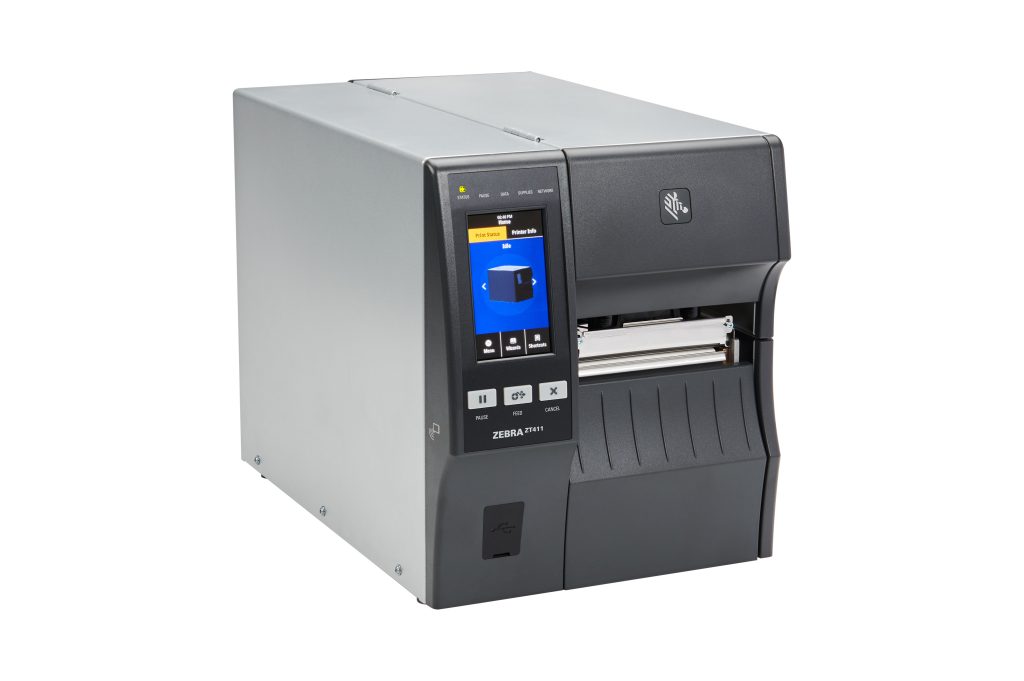Photocopiers look complex, but they work on two pretty simple pieces of science.
The heart of a photocopier is a spinning drum with a special photo-conductive coating. A bright light shines over the paper, and white areas become positively charged while black parts remain negatively charged. The drum then attracts toner, which sticks to it and makes an inked print on the paper.
Xerography
The basic technology of most current copy machines is called xerography, a dry process that uses electrostatic charges. Basically, it works by giving opposing electrical static charges to the ‘ink’ (a black powder known as toner), and then using heat to get them to stick to the paper.
The xerographic process was invented in 1938 by Chester Carlson in his home laboratory, and it has transformed the way we work, allowing us to produce a vast number of copies very quickly. While some big companies turned down Carlson’s invention at the time, he managed to turn it into one of the biggest office innovations of the 20th century.
In Thue may photocopy hcm, the sheet of paper to be copied is illuminated by extremely bright light. The parts of the paper that have been printed on – or marked with a symbol – don’t reflect the light, while the unmarked parts do. This causes electrons near the surface of the photoconductive drum to dissipate downwards, leaving behind a latent electrostatic image of the document.
The next step is to apply a negative charge to the toner particles. This is done by passing the ‘ink’ through an electric field created by corona wires. The negatively charged toner is attracted to the electrical shadow on the photoconductor belt and forms an inked duplicate of the original document. The paper from the other side of the conveyor belt then gets a positive charge from a roller, and this attracts the positively charged toner. The paper and toner are then fused together under intense heat, which gives the final copy its permanent image.

Photocopying technology
Rather than printing out copies with ink, photocopiers use an electric charge to ‘print’ the document onto paper. That charge comes from a rotating drum that holds a reservoir of black powder called toner. The drum has one kind of electrical charge and the toner has another – opposite charges attract each other. The drum is coated with a special chemical that can pick up the toner particles and deposit them on a blank sheet of paper.
The document that you want to copy is placed into a slot at the top of the machine. A bright light scans over the document, looking for black areas. The scanner’s light reflects off of these dark areas, creating an ‘electrical shadow’ of the page on a conveyor belt-like element called a photoconductor.
The photoconductor is a cylinder with a photo-conductive coating on it. A laser in a printer or a scanning system in a scanner gives the drum an overall positive electric charge. It also exposes it to a reservoir of carbon toner particles with the opposite charge. The toner sticks to the exposed areas of the drum, which are then heated and fused to the paper passing through the copy machine. The copied paper still has a little bit of static electricity on it, which can sometimes cause the paper to stick where it shouldn’t and cause jams. That’s why it is important to wipe down the surface of your copier regularly.
Photocopier components
The most obvious photocopier components are the glass tray where you put your document, the lamp that shines light on it, and the drum – a rotating conveyor belt coated in a special photo-conductive material. The photoconductor in early copiers was a form of the rare metal selenium, and later machines used improved selenium telluride alloys. This material turns light into electricity by removing electrons from photo-conductive atoms. By shining a bright light across the original document, more light reflects off the white, unprinted areas than off the black inked areas, creating an electrical shadow of the original page on the photoconductor.
This is then scanned by the optical scanner, which creates an electronic image that the RIP passes on to the photocopier’s printing section. The print section is also responsible for generating the static electricity, and it uses the same process as an analog photocopier to produce each line of text on the document, which is then printed by the drum using heat to set the ink.
Static electricity is one of the two scientific tricks that make a photocopier work, and it’s something you’ve probably encountered before. If you’ve ever rubbed a balloon against your clothes for a few seconds and then stuck it to your wall, that was static electricity at work. And the other scientific trick is the ability of certain materials to become more conductive after absorbing light (photoconductivity). This is how xerography works, and it’s what makes most modern photocopiers the reliable, high-performing workhorses that they are.
Electrophotography
The key to the photocopying process is an electrostatic charge that forms on a drum or other surface. This charge comes from corona wires that are exposed to high voltage to create an electrical field between the drum and the paper. The negative charges on the paper attract the positively charged toner particles, creating an image on the page.
The basic operating principle behind all digital copiers and laser printers is called electrophotography (or xerography). The process was invented in 1937 by Chester Carlson, who worked with the Battelle Memorial Institute to develop it into a commercial product. He founded Haloid Corporation, which eventually became Xerox Corporation in 1961.
Electrophotography uses two natural phenomena: that materials of opposite electrical charge attract and that some materials become better conductors of electricity when exposed to light. Carlson developed a six-step process to transfer an image from one surface to another using these phenomena.
The first step is to expose the document to be copied to a photoreceptor, which is usually a special type of drum coated in some kind of semiconductor material that only conducts vertically. Then, the document is placed on top of the photoreceptor and a bright light is shined onto it. The light reflects off the white areas of the document and is transmitted through mirrors to illuminate the dark areas. The reflected light passes through the photoreceptor and discharges its electric charge in the illuminated areas. The resulting pattern of electrical charges on the photoreceptor is called a latent image.










